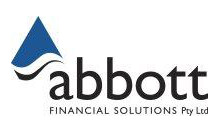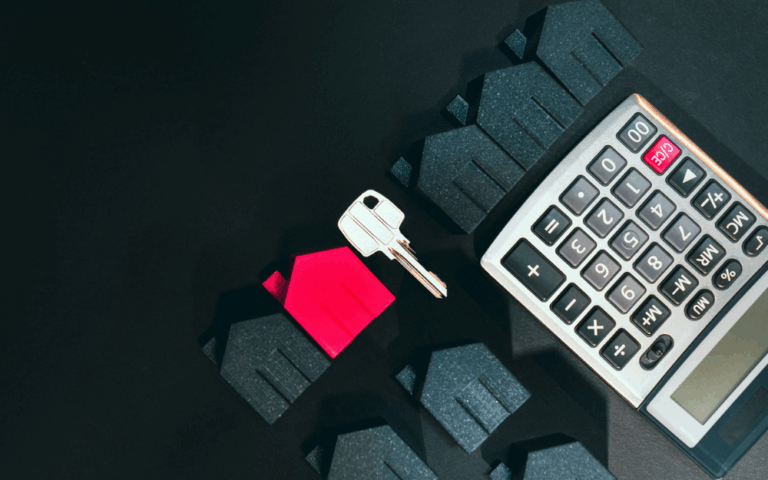Lenders use your credit score (or credit rating) to decide whether to give you credit or lend you money. Knowing this can help you negotiate better deals, or understand why a lender rejected you.

Your credit score is based on personal and financial information about you that’s kept in your credit report.
You can access your credit score and credit report for free.
If you want to fix something in your credit report, see credit repair.
If you’ve been affected by the recent Optus and Medibank data breaches, the Office of the Australian Information Commissioner has information on how to respond to a data breach.
You can request a temporary ban on your credit report, to ensure no unauthorised loans or credit applications are made.
If your bills or loan repayments are getting out of control, talk to your lender or service provider. Taking action straight away can stop a small problem from becoming a big one. That’s better for you and your credit rating. To get back on track, see financial hardship.
Get your credit score and report for free
If you’ve ever applied for credit or a loan, there will be a credit report about you.
You have a right to get a copy of your credit report for free every 3 months. It’s worth getting a copy at least once a year.
Your credit report also includes a credit rating. This is the ‘band’ your credit score sits in (for example, low, fair, good, very good, excellent).
Credit report
Usually, you can access your report online within a day or two. Or you could have to wait up to 10 days to get your report by email or mail.
Contact these credit reporting agencies for your free credit report:
Different agencies can hold different information. So you may have a credit report with more than one agency.
Credit score
Some credit reporting agencies may provide your credit score for free. Check with them directly (see above).
Or you can get your credit score for free from an online credit score provider. This usually only takes a few minutes.
Credit score providers use data from one or more credit reporting agencies to work out your score. To find a provider, visit know your credit score on the CreditSmart website.
Typically, you agree to their privacy policy when you sign up. That lets them use your personal information for marketing. But you can opt out of this after you sign up.
Avoid any provider that asks you to pay or give them your credit card details.
How your credit score is calculated
Your credit score is calculated based on what’s in your credit report. For example:
-
the amount of money you’ve borrowed
-
the number of credit applications you’ve made
-
whether you pay on time
Depending on the credit reporting agency, your score will be between zero and either 1,000 or 1,200.
A higher score means the lender will consider you less risky. This could mean getting a better deal and saving money.
A lower score will affect your ability to get a loan or credit. See how to improve your credit score.
What’s in a credit report
Your credit report is a record of your credit history. It includes things like your credit rating, the credit products you hold, and your repayment history.
Credit providers look at your credit history to decide whether to give you credit or lend you money.
Your credit report includes the following information.
Personal information
Personal details to identify you. Like your name, gender, date of birth, driver’s licence number, employer, current and previous address.
Credit rating
The ‘band’ your credit score sits in (for example, low, fair, good, very good, excellent). Your report may also include your credit score (not all credit reporting agencies do this).
Credit products
For each credit product you’ve held in the last two years:
-
type of credit product (such as credit card, store card, home loan, personal loan, business loan)
-
credit provider
-
credit limit
-
opening and closing dates of the account
-
joint applicant’s name, if any
Repayment history
For each credit product you’ve held in the last two years:
-
repayment amount
-
when payments were due
-
how often you paid and if you paid by the due date
-
missed payments (not made within 14 days of the due date), and if and when you made them
Things can happen that affect your ability to make your repayments. For example, a natural disaster, illness, job loss or relationship breakdown.
If this happens, you can ask your lender or provider for a ‘financial hardship arrangement’. This may be temporary, like deferring a payment, or permanent, like varying a loan. To find out how to do this, see financial hardship.
A hardship arrangement helps to protect your credit rating. Lenders like to see that you’ve made a plan to get back on track.
A hardship arrangement for a credit product, like a loan or credit card, can appear on your credit report. Your credit report will only show the months the arrangement is in place. Or, if the arrangement is permanent, the month the loan is varied. No other details are included, and the listing is deleted after 12 months.
An arrangement with a buy now pay later, phone, internet or utility provider won’t appear on your credit report.
Defaults on utility bills, credit cards and loans
Your service provider may report your non-payment of a debt (called a ‘default’) to a credit reporting agency. They must notify you before they do so.
This may include defaults on your utility and phone bills.
A service provider can report a default if:
-
the amount owed is $150 or more, and
-
your service provider can’t contact you (called a clearout), and
-
60 days or more have passed since the due date, and
-
the service provider has asked you to pay the debt either by phone or in writing
A default stays on your credit report for:
-
five years
-
seven years in the case of a clearout
If you pay the debt, your credit report will still list the default, but it will also show that you’ve paid it.
Credit applications
If you’ve applied for credit before:
-
number of applications you’ve made
-
total amount of credit you’ve borrowed
-
any loans you’ve guaranteed
Bankruptcy and debt agreements
Any bankruptcies or debt agreements, court judgments, or personal insolvency agreements in your name.
Credit report requests
Any requests for your credit report that have been made by credit providers.
Fix mistakes in your credit report
When you get your credit report, check that:
-
all the loans and debts listed are yours
-
details such as your name and date of birth are correct
If something is wrong or out of date, contact the credit reporting agency and ask them to fix it. This is a free service.
Some companies may try to charge you to get all negative information removed from your credit report. The only thing they can ask the credit reporting agency to remove is wrong information. And you can do that yourself for free — see credit repair.
If there are loans or debts in your report that you know nothing about, it could mean someone has stolen your identity. See identity theft for what to do.
Source:
Reproduced with the permission of ASIC’s MoneySmart Team. This article was originally published at https://moneysmart.gov.au/managing-debt/credit-scores-and-credit-reports
Important note: This provides general information and hasn’t taken your circumstances into account. It’s important to consider your particular circumstances before deciding what’s right for you. Although the information is from sources considered reliable, we do not guarantee that it is accurate or complete. You should not rely upon it and should seek qualified advice before making any investment decision. Except where liability under any statute cannot be excluded, we do not accept any liability (whether under contract, tort or otherwise) for any resulting loss or damage of the reader or any other person. Past performance is not a reliable guide to future returns.
Important
Any information provided by the author detailed above is separate and external to our business and our Licensee. Neither our business nor our Licensee takes any responsibility for any action or any service provided by the author. Any links have been provided with permission for information purposes only and will take you to external websites, which are not connected to our company in any way. Note: Our company does not endorse and is not responsible for the accuracy of the contents/information contained within the linked site(s) accessible from this page.


